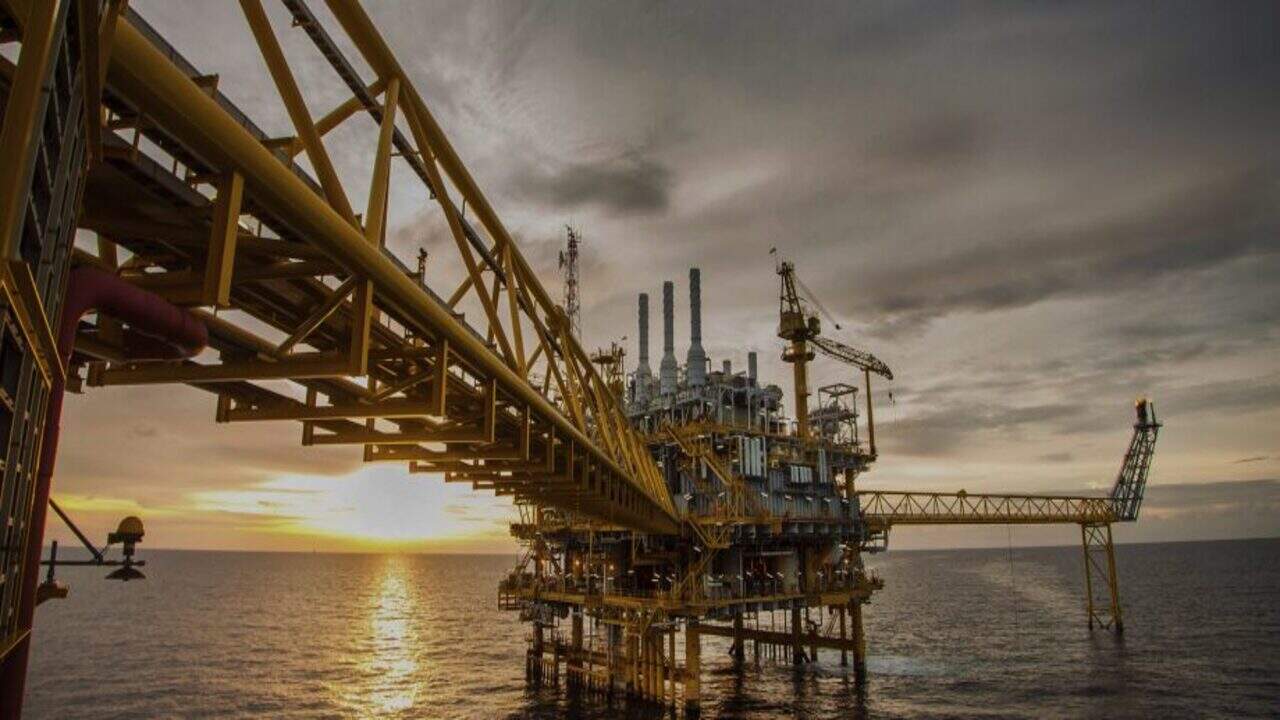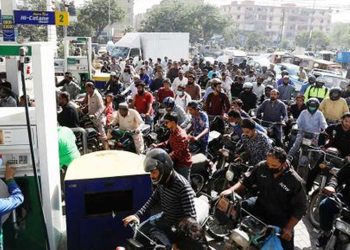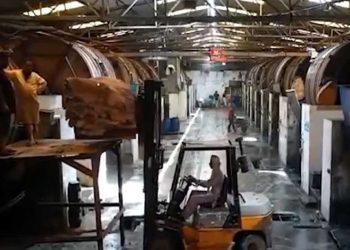A new Jetty in Karachi is to be made by the government, to enhance oil handling capability and to overcome constraints on Karachi port.
The Ministry of Energy has pointed out several constraints on Karachi ports, which has reduced its oil handling capability by half, costing billions of rupees annually in demurrages to the Oil Marketing Companies (OMCs), and to overcome the constraints has proposed the construction of a new jetty, night navigation, and allocating FOTCO only for imported finish petroleum products.
In a summary, the import of oil and port constraints at Karachi, to be moved to Cabinet Committee on Energy (CCoE), by Petroleum Division (Ministry of Energy), has noted that the Oil Industry has raised some integrity and maintenance issues at Oil Piers (OP) 1, 2, and 3 at Keamari Port. Presently, all three oil piers at KPT are operating at partial capacity mainly due to issues of loading arms and required repairs which is hampering the smooth import of Petroleum products.
According to the summary, Pakistan imports around 19 million tons of crude oil and petroleum products annually. All these imports are planned at the two ports at Karachi, i.e, KPT and PQA/FOTCO. The Oil Industry has highlighted various port constraints being faced by them, which result in wastage of time, delays in the berthing of vessels, and consequent incidence of demurrage.
FOTCO jetty at Port Qasim has a designed capacity of 9 million tons per annum. However, for the last two years, it handled 4.2 and 4.9 million tons respectively, almost half of its design capacity, yet at the same time importing Oil Marketing Companies (OMCs) incurred demurrages to the tune of $9.7 million (about Rs. 1.5 billion) during FY 2019-20 though oil industry has adequate storage capacity at PQA. It may be noted that FY 2019-20 is not a true reflection of demurrages impact due to depressed demand and reduced imports as a result of COVID-19 and the slowdown of the economy.
According to the analysis of the Oil Industry, non-availability of night navigation, intermix handling, monsoon season, traffic of LNG vessels, and many other miscellaneous factors are currently impacting discharge capacity resulting in the handling of much lower tonnage. It is evident from the analysis that FOTCO is able to handle 6 million tons/120 vessels on annual basis with a single jetty, which is below the supply chain requirements of the industry and the country.
PARCO/PAPCO have completed their multi-grade movement projects, whereby petrol would also be transported through a pipeline, in addition to diesel. Presently, petrol is predominantly handled at KPT. Commissioning of multi-grade movement, which is in progress, would necessitate diversion of import handling of about 2.5 to 3.0 million tons per annum from KPT to FOTCO/PQA, as the pipeline initiates at PQA. However, this would result in higher demurrages at the expense of OMCs as well as causing foreign exchange drain due to the discharge constraints at FOTCO/PQA.
Similarly, the Oil Industry has also raised some integrity and maintenance issues at Oil Piers (OP) 1, 2, and 3 at Keamari Port. Presently, all three oil piers at KPT are operating at partial capacity, mainly due to issues of loading arms and required repairs.
It is pertinent to mention that fully operational and well-maintained oil piers are vital for efficient marine receipt operations translating into improved product availability, efficient oil pier operations, and avoidance of demurrage /forex losses for the country.
In view of the port constraints and in order to have effective management/maintenance of oil supply/logistic chain, the Petroleum Division proposed that the Ministry of Maritime Affairs may be directed to initiate/ensure the following steps actions in consultation with the respective port authorities on a fast-track basis.
The Petroleum Division (Ministry of Energy) has proposed that FOTCO may be converted to a purely finished products fuels jetty. Accordingly, Condensate/Naphtha export vessels may be shifted from FOTCO/PQA to Keamari/KPT.
A dedicated Tanker Discharge Line from the FOTCO jetty to White Oil Pipeline may be installed to handle the discharge of petrol and diesel cargoes separately. It has been further recommended that Night Navigation facilities may be provided at FOTCO PQA.
Implementation of the channel widening plan of PQA for LNG vessels may be expedited as PQA has been charging an amount per vessel for this already. Off-shore sampling may be carried out in the minimum possible time. This will reduce time at berth.












